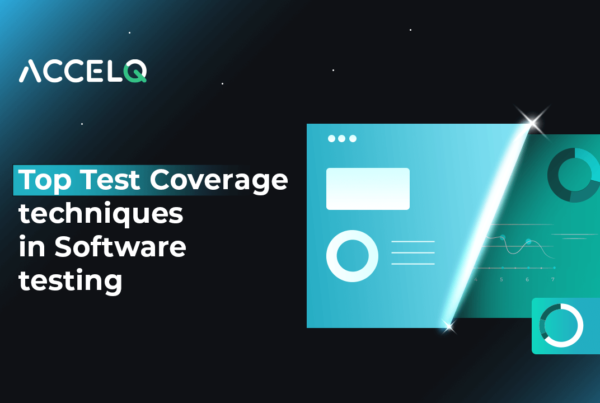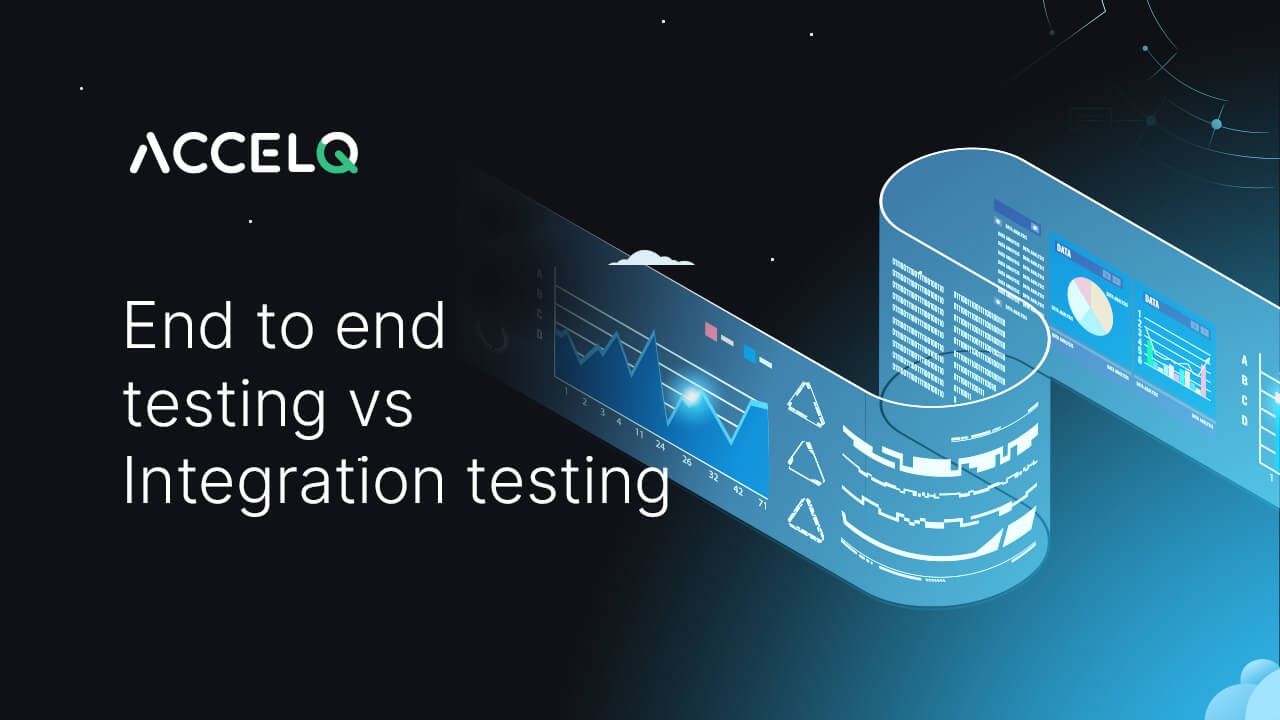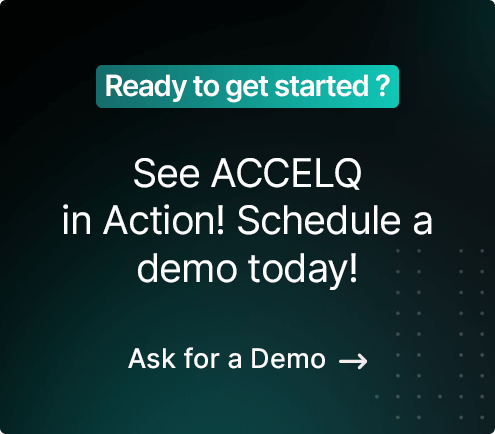End to End Testing vs. Integration Testing

End-to-end testing or Integration testing. Which approach is better for testing an application?
Let's understand the differences between the two testing approaches.
What Is End-to-End Testing?
As the name suggests, end-to-end testing (or E2E testing) tests if any software product or application works properly from a user's perspective. In short, E2E testing is about testing products just as the end-user experiences the same.
This testing approach attempts to replicate a user's behavior (with a product). It also includes various user scenarios that are likely to happen when a user interacts with a product.
To that end, E2E testing serves two main objectives, namely:
- To simulate the user’s product experience (or how they navigate an application)
- To validate various application systems and layers for functionality and performance
According to Atlassian, end-to-end testing is "comparatively more expensive to perform and requires more maintenance when automated." In E2E testing, organizations typically adopt either of the following approaches:
- Horizontal E2E: This approach replicates application use cases from start to finish. A prime example is that of registering a new user.
- Vertical E2E: This technical approach tests application components by monitoring data passing through its UI, APIs, and database layers.
Next, let's learn about integration testing
What Is Integration testing?
Consider any modern product or application. It comprises multiple software units created by different developers. Unit testing involves the testing of each unit or component. On the other hand, integration testing is about testing if all the units together work efficiently. This is the main difference between unit and integration testing.
In essence, integration testing is about testing a product functionality (or module) that is dependent on another functionality or module. The key objective of integration testing is to verify if two (or more) components of an application work properly when integrated.
To that end, integration testing serves three main objectives, namely:
- To synchronize two (or more) application modules to work together to achieve a common objective
- To validate if data flow between modules is occurring properly
- To check the connectivity between two or more application modules
In integration testing, organizations typically adopt any of the following three approaches:
- Bottoms-Up: An approach where QA professionals integrate smaller & simpler units (developed first) into larger and complex modules (developed later).
- Top-Down: An approach that is opposite to the Bottoms-Up approach. Here, software testers prioritize larger and more complex modules.
- Big Bang: An approach that tests all application modules together and at the same time.
Now that we understand both E2E and Integration testing let's discuss five of their key differences.
End-to-End Testing vs. Integration Testing - 5 Key Differences
Both E2E and Integration testing have their share of strengths and weaknesses. Despite that, both forms of testing have a significant role to play in application testing. Let's understand their key differences so as to know which approach to adopt.
Here are five key differences between E2E and Integration testing:
1. Product Development Stage
Integration testing can start from the early stages of application development. This form of testing is useful for detecting and resolving product bugs or flaws early.
E2E testing is performed only when the product is almost ready for release. Due to the limited period, it could be more effective at detecting and fixing bugs in software units.
2. Scope of Testing
Integration testing spans multiple application components (or units). It cannot span across the entire application stack on time. Typically, integration testing is used to test a single process (from a third-party tool) that is used with the main application.
On the contrary, E2E testing has a broader scope and spans the entire application technology stack. E2E testing can either test a single application process (from start to finish) or multiple processes across many applications.
3. Objective
Both E2E and integration testing have different objectives. For example, the goal of E2E testing is to test the user experience with the product from start to end. Therefore, this testing is useful when companies want to test and improve the user experience with their products.
On the other hand, integration testing aims to evaluate how application modules (internal and external) interact with each other. This is useful for testing products dependent on external tools or products.
4. Speed of Testing
Integration test cases are easier to include in daily builds. As a result, it's simpler to execute it in any development environment. This also accelerates the speed of integration testing.
E2E testing can start once the entire product is ready for release. Therefore, the E2E testing speed is slower than that of integration tests.
5.Implementation Costs
Product development companies need to invest in multiple hardware and software tools for efficient integration testing, Hence, it is more expensive to implement.
Implementation costs of E2E testing are much lower than integration testing.
Based on these five differences, it's easy to understand that organizations do not have to choose between E2E testing and integration testing. In fact, application testing must include both E2E and integration testing (as a rule of thumb). The question, then, is - what should be the right mix?
As a rule, integration testing is more important for products with larger integrations. End-to-end testing is more important for applications with complex user interfaces.
Conclusion
Be it end-to-end testing or integration testing, each form of testing has its advantages and limitations. Overall, integration testing operates at a higher level than unit testing, while E2E testing has a higher level than integration testing.
Organizations must consider each testing approach based on their use cases and requirements. Other factors include the time and budget of application testing.
At ACCELQ, our team of testing professionals can help you understand which of these approaches to adopt for your application testing. With our codeless test automation platform, you can avail of faster end-to-end testing and integration testing for all your applications.
Here is how you can accelerate your application testing with the ACCELQ platform.
Partner with us on your application development project. Request for a product demo today!
Related Posts
 Top Test Coverage techniques in Software testing
Top Test Coverage techniques in Software testing
Top Test Coverage techniques in Software testing
 How To Become an Effective SDET?
How To Become an Effective SDET?



































